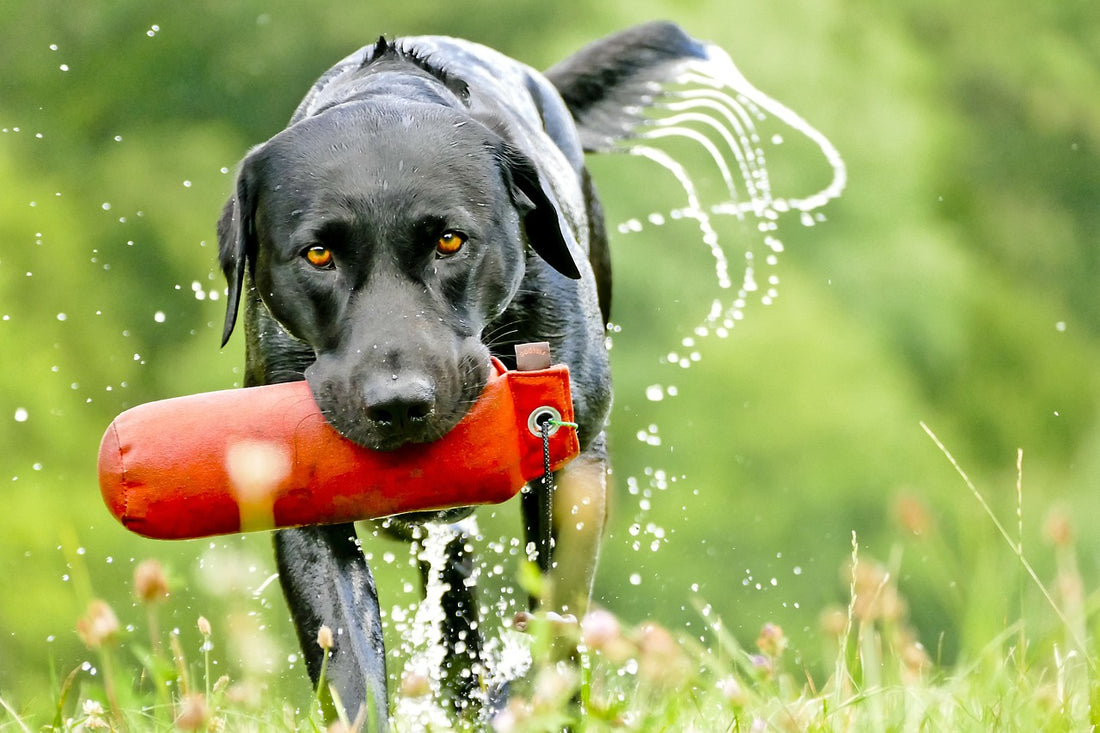Essential Pet Training Techniques for Responsible Pet Ownership
Training your pet is an essential part of responsible pet ownership. Not only does it help establish a strong bond between you and your furry friend, but it also ensures their safety and well-being. Whether you have a new puppy, an older dog, or even a mischievous cat, effective training techniques can make all the difference. In this blog post, we’ll explore some proven methods to help you train your pet effectively.
1. Start with the Basics
Before diving into complex tricks or commands, it's important to establish a foundation of basic obedience training. Teach your pet simple commands like "sit," "stay," "come," and "leave it." Use positive reinforcement techniques such as treats, praise, and rewards to encourage desired behaviours. Consistency is key, so practice these commands regularly in different environments to reinforce their understanding.
2. Use Positive Reinforcement
Positive reinforcement is a powerful tool in pet training. Rewarding your pet for good behaviour encourages them to repeat it. Whenever your pet follows a command or exhibits a desired behaviour, immediately praise them and offer a treat or a favourite toy. This positive association helps them understand what you expect and motivates them to continue learning.
3. Be Patient and Consistent
Training takes time and patience. Remember that your pet is learning and may not grasp a command or behaviour right away. Stay calm and avoid getting frustrated. Consistency is crucial in training, so use the same cues and rewards consistently. Repetition and practice will help your pet understand what you want from them.
4. Keep Training Sessions Short
Pets have short attention spans, so it’s important to keep training sessions short and focused. Aim for multiple short sessions throughout the day rather than one long session. This helps prevent your pet from getting bored or overwhelmed. Keep the training sessions fun and end on a positive note to maintain your pet’s engagement and eagerness for the next session.
5. Socialise Your Pet
Socialisation is an essential aspect of training for both dogs and cats. Expose your pet to different environments, people, and animals from an early age. This helps them become comfortable and well-behaved in various situations. Gradually introduce them to new experiences, ensuring they have positive interactions. Socialisation plays a vital role in preventing behavioural issues and fostering a well-rounded pet.
6. Seek Professional Help if Needed
If you're struggling with training or facing specific challenges, don’t hesitate to seek professional help. Trainers and behaviourists have the expertise to address specific issues and provide guidance tailored to your pet's needs. They can offer valuable insights and techniques to overcome training obstacles and ensure a successful training journey.
Conclusion
Remember, training your pet is a continuous process that requires time, effort, and consistency. Celebrate small victories along the way and be patient with your furry companion. With the right techniques and a positive attitude, you can effectively train your pet and enjoy a harmonious relationship for years to come.
Useful Resources
Find out more on:

